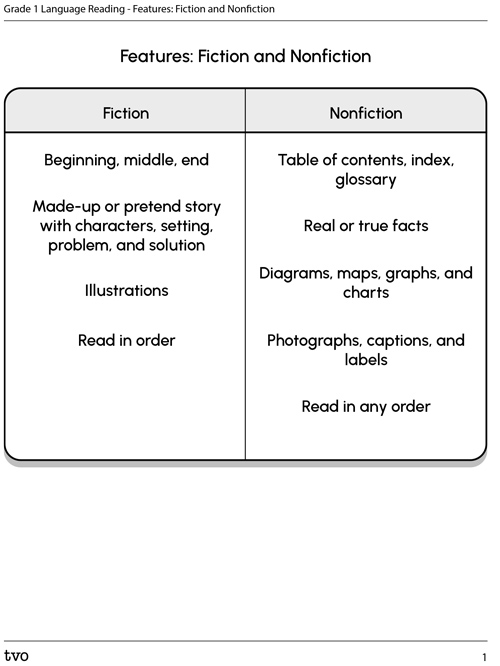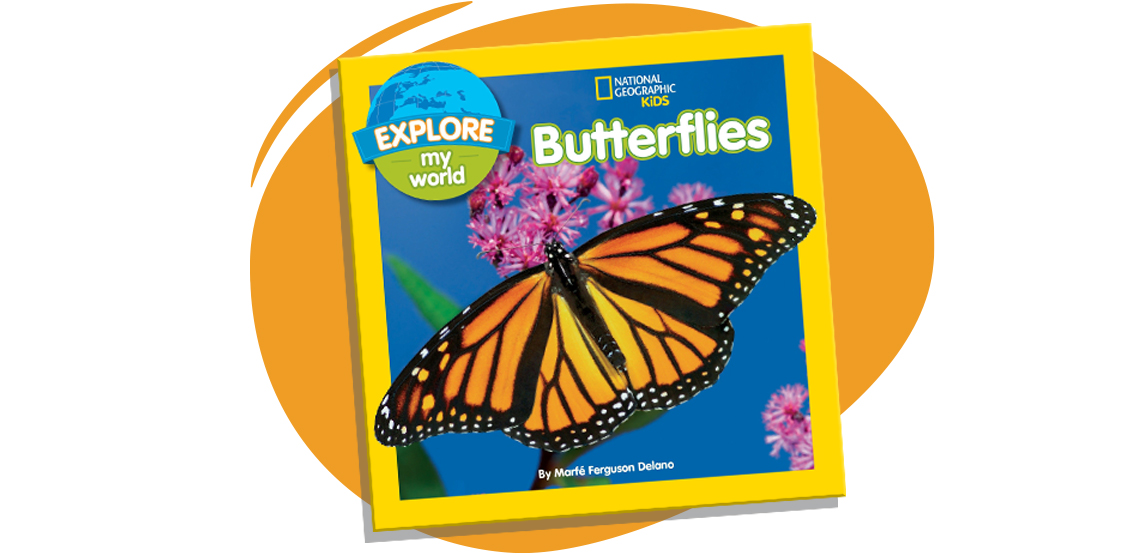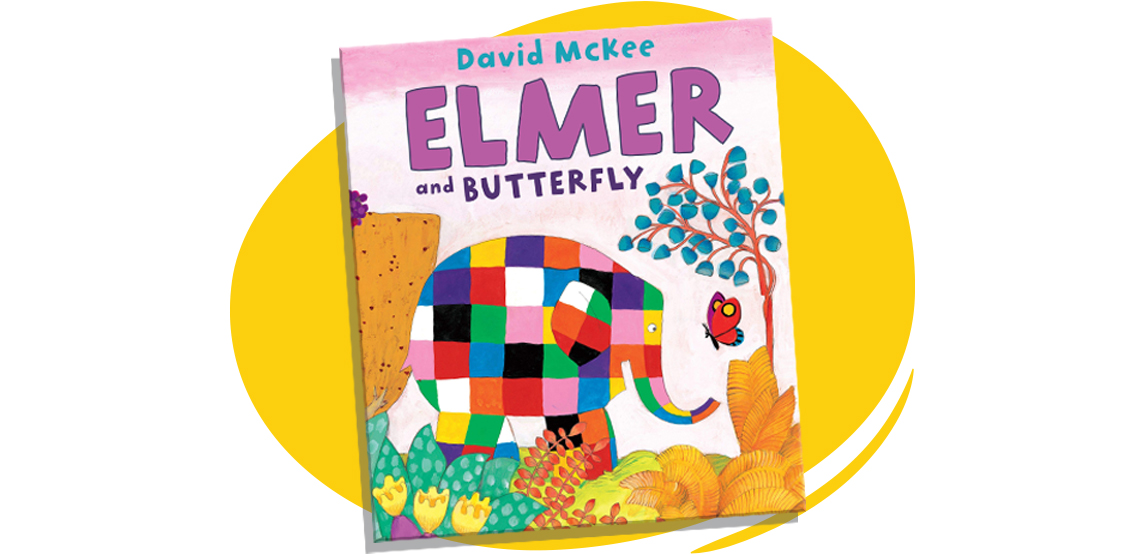Minds On
The things we read
Have you noticed? There are words all around us, in everything from books to labels to morning messages.

Student Success
Think-Pair-Share
What are some different things that you read? What are some different things that you enjoy reading?
If possible, work with a partner to create a list of things that we read. Complete the Things We Read chart in your notebook or the following fillable and printable document. You can also use another method of your choice.
| (e.g., newspaper, menu, maps, instructions, storybooks) |
|---|
Press the ‘Activity’ button to access the Things We Read.
Note to teachers: See your teacher guide for collaboration tools, ideas and suggestions.
Action
Fiction and nonfiction texts
Review your list of things we read from the Minds On section. You will notice that there are different types of texts. Texts is another way of saying the things we read.
How can we group these texts?
Here’s one way: we can group texts into fiction and nonfiction. Press the following tabs to explore fiction and nonfiction texts.
Features
Explore the features of fiction and nonfiction texts in the following chart:
| Fiction | Nonfiction |
|---|---|
|
Beginning, middle, end Made-up or pretend story with characters, setting, problem, and solution Illustrations Read in order |
Table of contents, index, glossary Real or true facts Diagrams, maps, graphs, and charts Photographs, captions, and labels Read in any order |
To download this chart for future reference, press the following thumbnail.

Press the Activity button to access Features: Fiction and Nonfiction.
Activity (Open PDF in a new tab)Understanding key words
Student Success
Think-Pair-Share
If possible, with a partner, create a definition for fiction and nonfiction.
Complete the Definitions: Fiction and Nonfiction in your notebook or use the following fillable and printable document. You can also use another method of your choice.
| Definitions: Fiction and Nonfiction | |
|---|---|
| Fiction | e.g., Fiction texts are things that are not true or made up. |
| Nonfiction | e.g., Nonfiction texts are about facts or things that are real. |
Press the ‘Activity’ button to access the Definitions: Fiction and Nonfiction.
Note to teachers: See your teacher guide for collaboration tools, ideas and suggestions.
Fiction or nonfiction?
Before you try the next exercise, here is a reminder:
- Fiction: a text or story that is made-up (a story from someone’s imagination).
- Nonfiction: a text that includes real facts and information
Decide whether each book is fiction or nonfiction.
Select the correct answer, then press “Check Answer” to see how you did.
Consolidation
Comparing books
Now that you have practised identifying the differences between fiction and nonfiction texts, select a fiction and nonfiction text on one topic. For example, if you are interested in butterflies, find a nonfiction text about butterflies and a fictional text or story about butterflies, as in the following example.

Check out the audio clip for Explore My World: Butterflies:
Explore My World: Butterflies

Check out the audio clip for Elmer and Butterfly:
Elmer and Butterfly
Fiction or nonfiction?
You have chosen two texts on the same subject. How do you know which is fiction and which is nonfiction? Complete Comparing Fiction and Nonfiction Texts in your notebook or use the following fillable and printable document. You can also record your ideas using another method of your choice.
|
Fiction Text Title:(Blank)(Blank)(Blank) |
Nonfiction Text Title:(Blank)(Blank)(Blank) |
|---|---|
Press the ‘Activity’ button to access the Comparing Fiction and Nonfiction Texts.
Reflection
How do you feel about what you have learned in this activity? Which of the next four sentences best matches how you are feeling about your learning? Press the button that is beside this sentence.
I feel...
Now, record your ideas about your feelings using a voice recorder, speech-to-text, or writing tool.